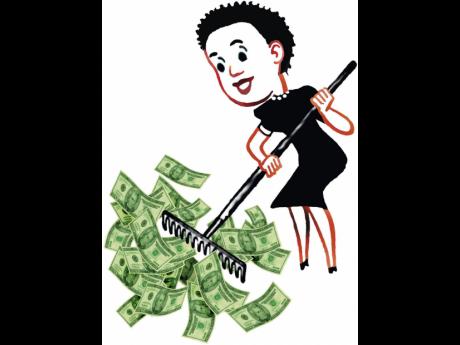Published:Wednesday | June 22, 2016 | 12:00 AM
Upon receiving Independence from Britain, Jamaica strengthened its currency board system by establishing the Bank of Jamaica. The exchange rate was pegged one to one with the British pound. Annual inflation rate was low and industrial expansion, including a boom in the bauxite industry, encouraged production towards the end of the ’60s.
Operating in a fragile domestic political economy, Jamaica increased its imports relative to exports in 1972, increasing its current account deficit to US$48 million or three per cent of GDP. In 1973, the inflation rate increased by more than 30 per cent and the Jamaican exchange rate peg was switched from the British pound to the US dollar, since the US became Jamaica’s major trading partner.
At the time, the Jamaican dollar valued more than the US dollar; trading at J$0.909 to US$1. The peg remained throughout the ’70s, maintaining the Jamaican dollar at a higher value than the US dollar. The stronger Jamaican dollar was associated with increased demand imports, increasing the demand for
foreign currency. Consequently, Jamaica fulfilled its foreign
currency demand with borrowed reserves. A new policy
framework was imminent.




Leave A Comment